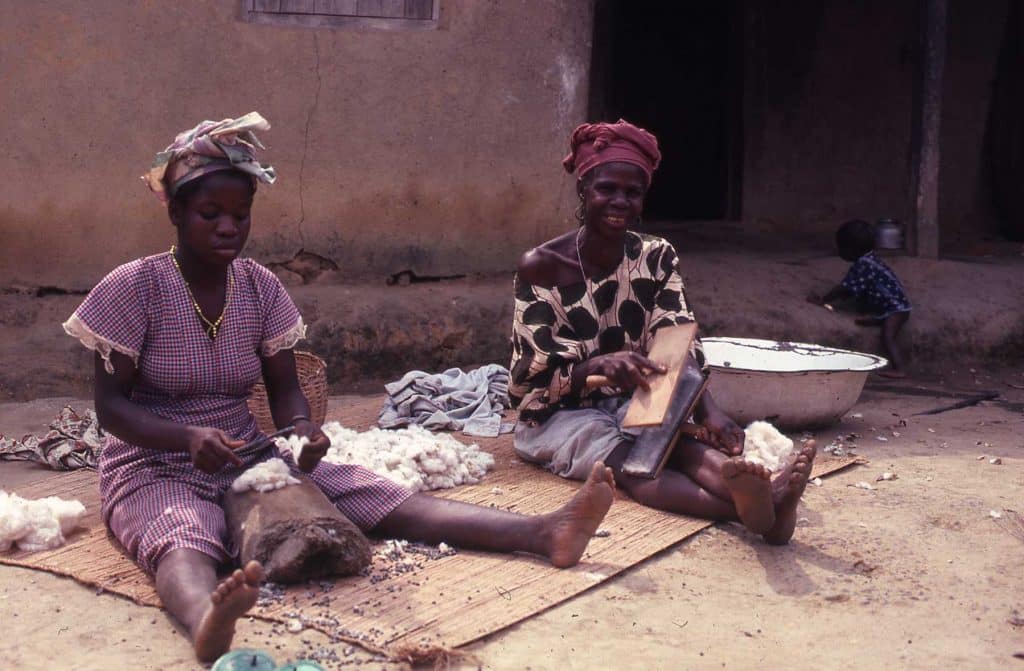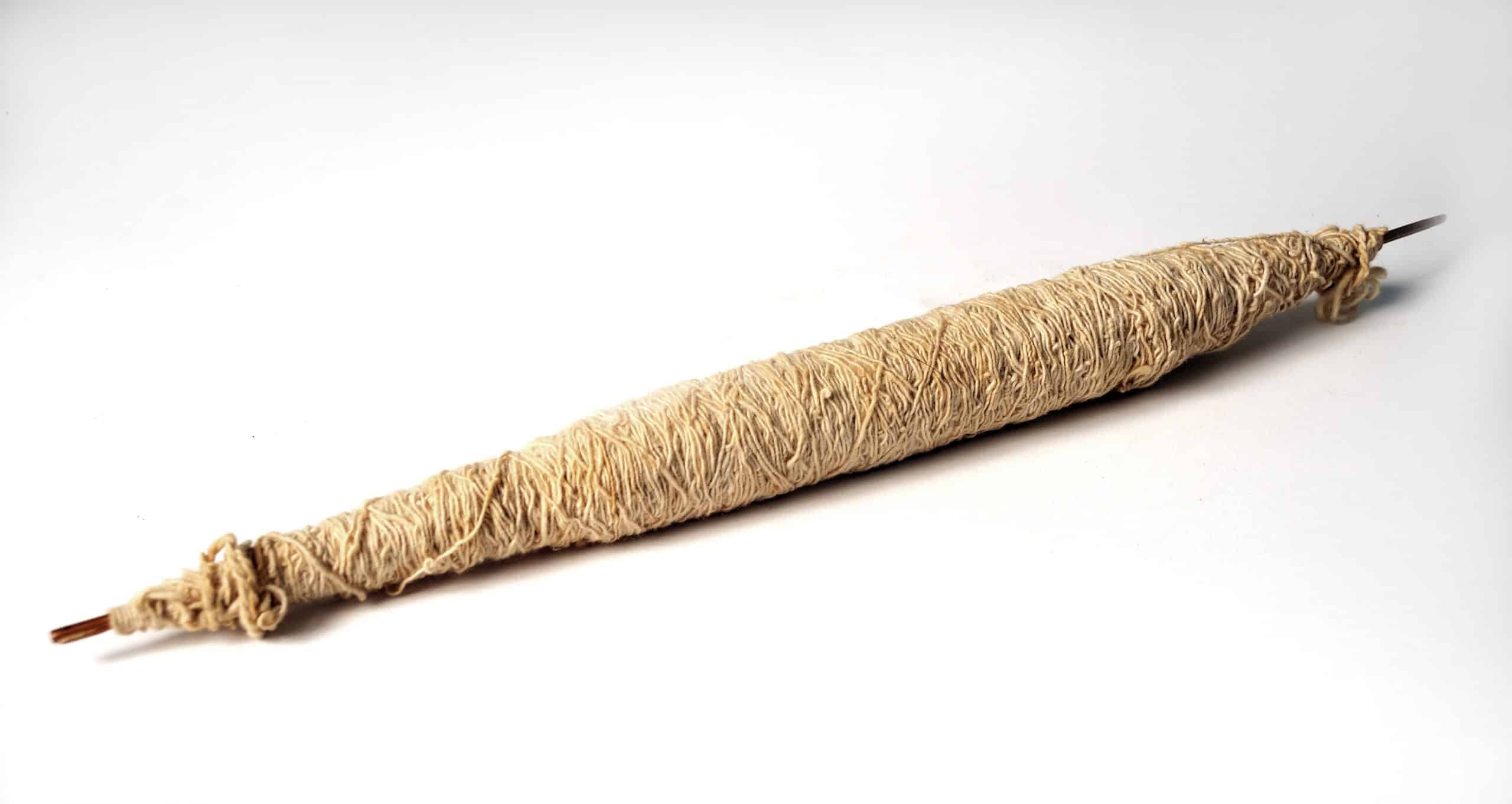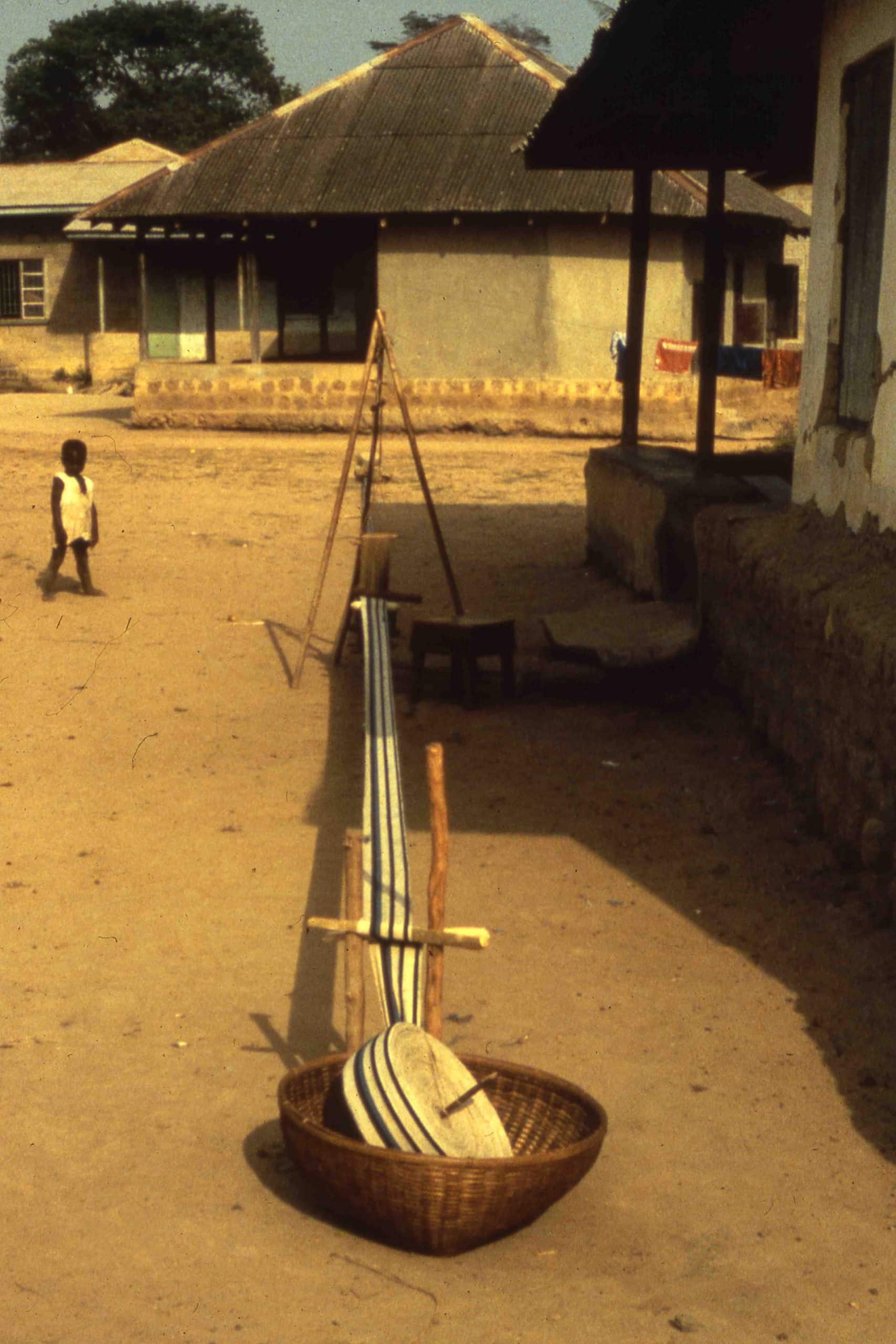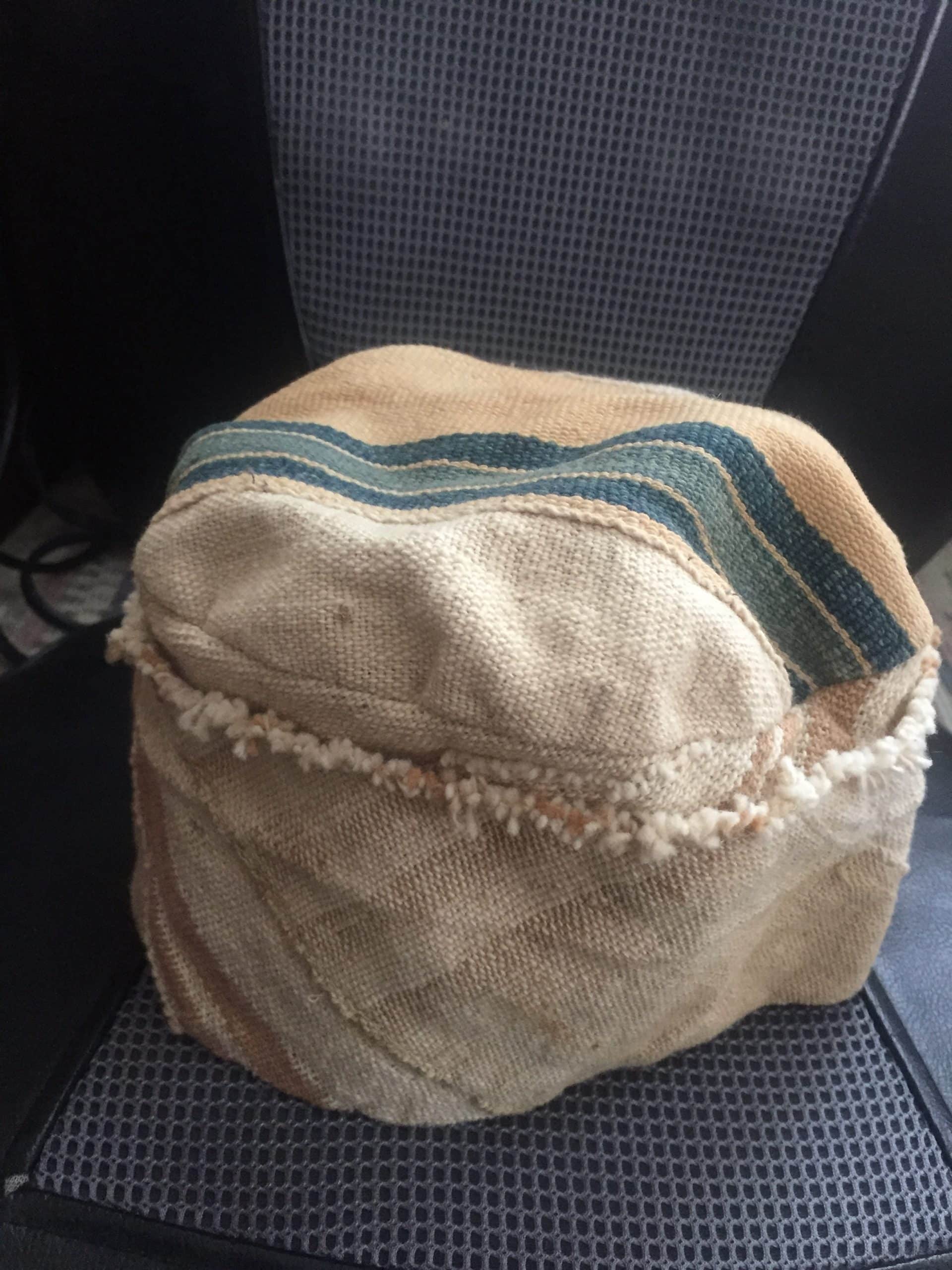People in modern societies take for granted the clothes they wear since clothing is usually made in modern factories by workers operating machines. This was not the case in Sierra Leone, where I served as a Peace Corps volunteer during the early 1980s. After I observed the long process involved in hand-making clothes in Sierra Leone, I learned to appreciate the craftsmanship that was involved.
People of rural villages in Sierra Leone supplemented their access to modern manufactured fabric and clothing, with garments made from locally grown and harvested cotton bolls. They used an ancient process that was developed long before Eli Whitney patented the mechanical cotton gin in 1794.
In Sierra Leone, after the cotton bolls were harvested and deseeded, the women prepared the fibers for weaving through a process known as carding. They then spun the fiber into a heavy thread using a drop spindle. Their next step was to dye the thread by using local colors in shades of blue, brown, or black.
After the women finished dying the thread, they then passed it to the men to weave into 4-inch wide fabric using looms that were hand made. The looms used in my village required a long space between the houses. A great deal of time was needed as the men were patiently passing the shuttles carefully through the threads. The fabric was then rolled up and sold in smaller pieces, called bales, then measured by the seller stretching out his arms to each side and counting 10 full arm-lengths per bale of 4 inches wide and about 20 yards long. The tailors (all men at that time) sewed the 4” strips together edge-to-edge with a foot pedal sewing machine. The fabric was then ready to be made into blankets as well as clothing.

In the up-country area of Sierra Leone where I lived, blankets were made of country cloth. Also, men and boys wore long and short country-cloth shirts, short pants and caps made of the cloth. Hunters wore similar clothing, but their shirts were dyed dark brown to help camouflage the hunter while in the bush. Each hunter’s shirt had a multiple narrow pockets in the front to hold shot gun shells.
Although country cloth was not worn by Sierra Leonean women, I wanted to wear this traditional clothing. I ordered some shirts, and when I appeared in a country cloth shirt, the people in my village did not object and I was accepted.
While in Sierra Leone, I worked with rural farmers building fishponds. I wore long pants and sometimes wore country cloth shirts. I also rode a motorcycle so I could travel to wherever I was needed. I never wore shorts, however, because women were definitely not supposed to show their legs in Sierra Leone. I was surprised that the thick, handspun fabric was not too warm for the tropical temperatures we experienced since we were located just 8 degrees north of the Equator. Garments made from country cloth were thick, but because they were 100% cotton, they were still reasonably comfortable in the heat.
Production of country cloth in rural Sierra Leone epitomized the ability of African villagers to utilize local resources and technology. Cotton may function as one of the pillars of global manufacturing, but it also represents the inventiveness of small-scale communities of spinners, weavers, and tailors. This is why I admired the artisans in my village and why I grew to love the country cloth of Sierra Leone. I understand that cotton no longer is grown and home-spun clothing has become rare in Sierra Leone. Sadly, the weaving of country cloth is becoming a lost art.







